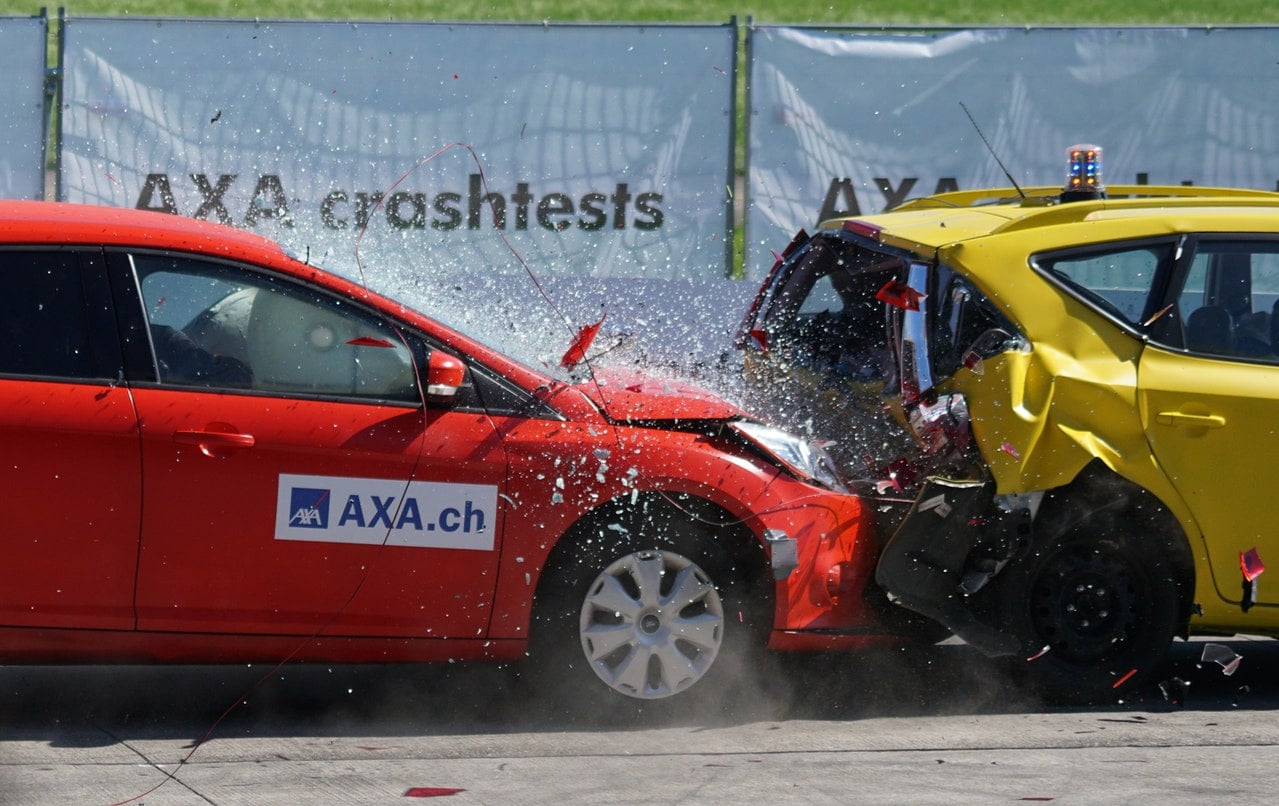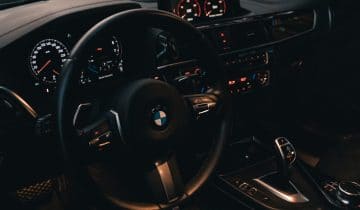After a long day at work, you’re driving down the road, listening to your favorite music. When your car’s music player stops working, you glance down to remedy the problem, and BOOM!!!…you rear-end the car in front of you.
Vehicles suffer from a range of common undesirable side effects following a collision. As a responsible car owner, it is essential to pay close attention to these concerns following a collision to keep yourself safe and prevent unnecessary damage to your vehicle.
1. Your Inertia Switch Trips, Causing Your Car Not to Start
In the event of a collision, your car’s inertia switch may trip. This safety feature is designed to shut off your fuel pump to prevent a fire. However, once the switch is tripped, your car will not start until the switch is reset. You can usually find and reset the switch yourself, but you will need to take your car to a mechanic if you cannot.
2. Your New Battery Can Fail Soon
After a collision, it is not uncommon for your battery to fail soon after. While this may seem like an unrelated issue, the jarring from the crash can damage delicate battery components. If your battery is over three years old or if it was already showing signs of weakness before the accident, it is especially important to have it checked by a professional.
3. Some Parts May Be Out of Alignment
In even a minor fender bender, parts of your car can become out of alignment. This can cause your doors to rub when you open or close them, your hood or trunk to not line up correctly, or your headlights to point in the wrong direction. While these problems may seem cosmetic, they can actually lead to bigger issues down the road if left unaddressed.
4. Your Lights May Need to Be Replaced
Since head- and taillights are made of glass, they are susceptible to breaking in a collision. Even if the glass does not break, the delicate electrical components inside the light can become damaged. It is important to have all of your lights checked after an accident, even if they seem to be working properly.
5. You May Have Transmission/AWD Problems
In a front-end collision, your car’s transmission or AWD system can be jarred out of alignment. This can cause shifting problems or issues with engaging the AWD system. If you notice any changes in how your car shifts gears or drives, it is important to have it checked by a professional as soon as possible.
6. Hidden Issues with Electrical/Electronic Components
The electrical system in your car is made up of many delicate parts, and a collision can cause problems that are not immediately apparent. For example, your airbags may not deploy correctly if there is an issue with the electrical system. It is important to have your car’s electrical system checked by a professional after an accident to ensure everything is working properly.
7. Damaged Frame
One of the most serious issues that can occur after a collision is damage to your car’s frame. This type of damage can weaken the structure of your car and make it more susceptible to further damage in future accidents. If you suspect that your car’s frame has been damaged, it is important to take it to a professional for an inspection as soon as possible.
Conclusion
If you have been in a collision, it is important to be aware of the potential issues that can occur after the fact. Paying attention to these seven common problems can help you keep yourself safe and ensure your car stays in good condition.
Trust only the world’s leader in post-accident restoration, seat belt repair, and airbag module resets! Get in touch with Safety Restore today to learn more about our services!


I bought a vehicle tHa had been involved in an accident and repaired. I stored it for 6 months before using it . Once I started driving it I noticed it’s out of track by maybe 4 inches. The chassis may be damaged, how much work is involved in repairing it.